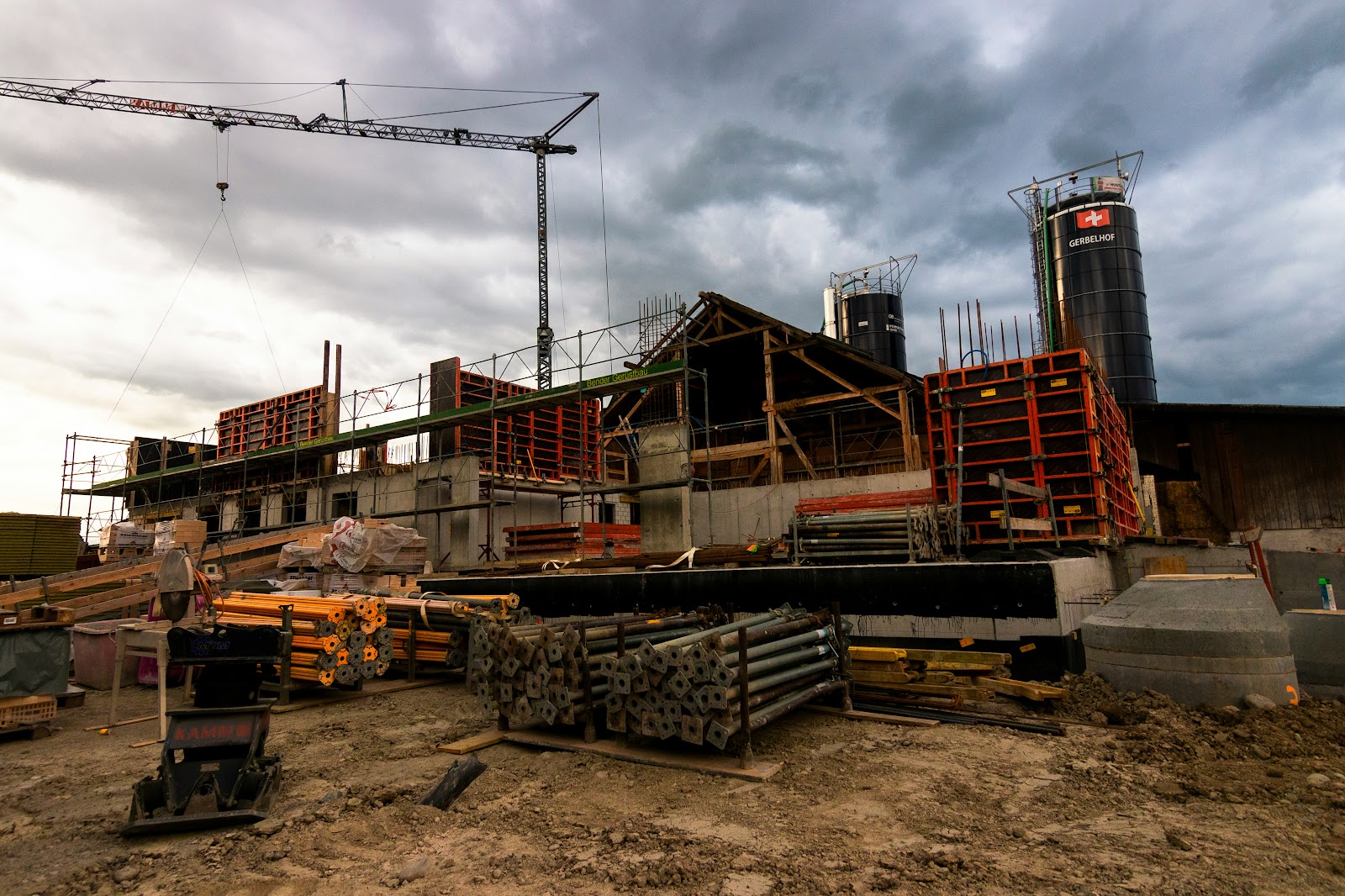
Image by Jan Huber on Unsplash
Every human dreams of a beautiful house to live in. They ponder if the house would be preferable as a storey building or a bungalow. If there would be a garden or if trees would surround the house. People also consider having swimming pools and if they could fill the houses with laughter and happiness. And all these dreams and aspirations rely heavily on building materials.
To keep up with the latest trends and requirements, the construction industry has evolved greatly over the years. From ancient structures to contemporary architecture, building materials have played a pivotal role in shaping the environment, with the selection of building materials serving as a crucial factor in the success of any project. This article explores ten types of building materials, their key features, and their current applications in the construction of man-made structures, as well as important factors to consider when choosing materials.
Factors to Consider When Choosing Building Materials
Despite the availability of diverse materials, selecting the right building materials for a construction project requires careful consideration. Key factors to consider when making this consideration include:
- Durability: The material’s ability to resist wear, weather, and time.
- Cost: Budget limitations and long-term maintenance expenses are not to be overlooked.
- Sustainability: The environmental impact of the building and its energy efficiency.
- Load-bearing capacity: necessary for structural integrity.
- Aesthetic Appeal: The material’s alignment with the client’s design preferences.
- Availability: The possibility of easily sourcing and transporting the building materials.
Ten Types of Building Materials
There are many types of building materials used worldwide, with each material serving its own unique purpose. To compile a list of all the building materials the construction industry uses worldwide would require creating a textbook-like article that would read on forever. This is why this list takes into consideration only ten types of building materials that are commonly used.
The different types of building materials used in the construction industry are:
1. Concrete
Known for its strength and durability, cement is one of the most widely used building materials in the world. The material is popular enough that even people who have no interest in building and construction know it and understand its use in building. According to IMARC Group, cement was valued at $407.43 Billion as of 2024. The material is used to bind surfaces, hold brick, and panels together. Many contractors also employ cement as a tool for covering surfaces, making it very versatile. Thanks to sustainability development, materials such as self-healing and carbon-negative concrete are becoming more applicable in a bid to join the shifts towards sustainable construction.
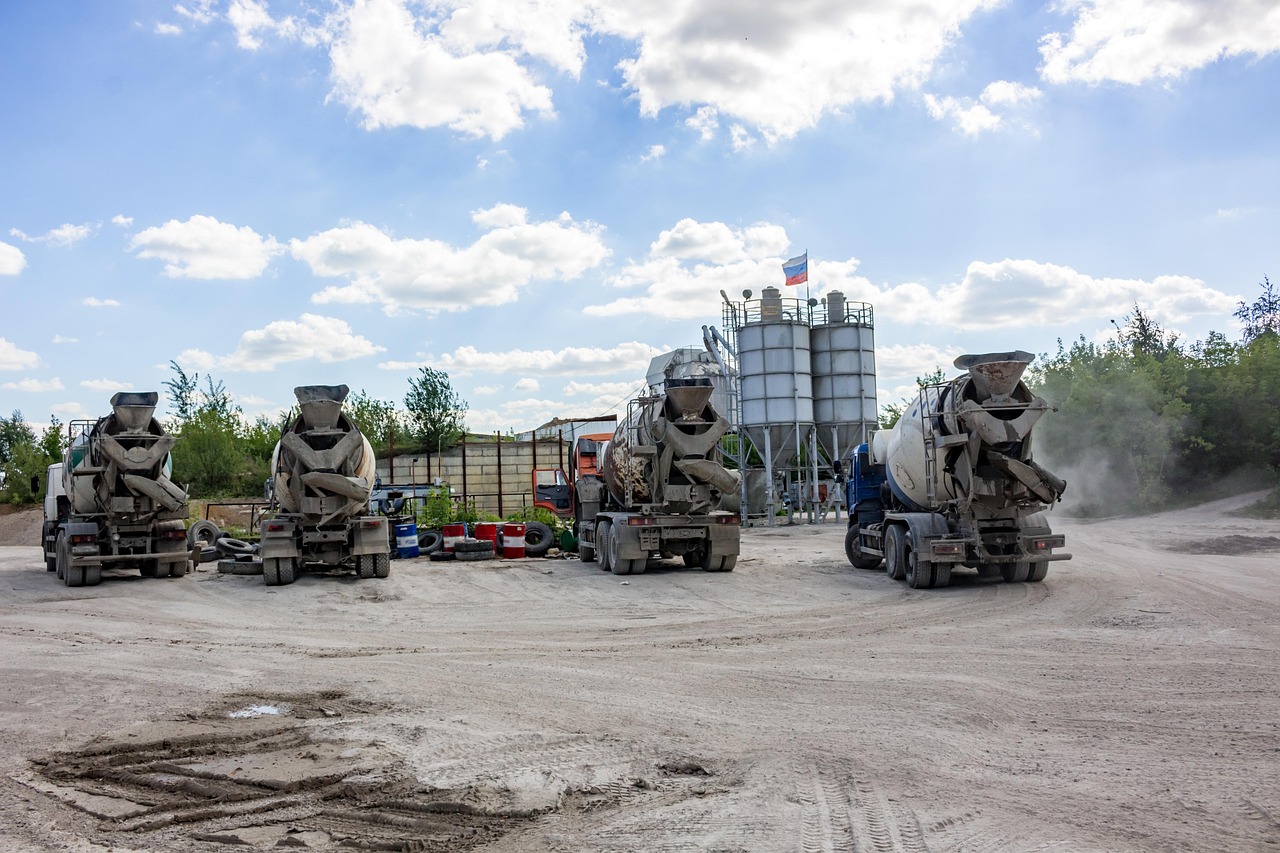
2. Brick
Ever since the move from mud houses, brick has been synonymous with the pillars that hold structures together worldwide. The greatest values brick possesses are its durability, insulation properties and resistance to fire. As of 2024, the worldwide bricks market had gained over a 90 Billion leap from its market worth of $1.642 trillion in 2022, holding its place as one of the most valued building materials in the world. Developments such as solar brick developed by Mixtrex are changing the way bricks are considered. While the product is not a brick but a solar energy plant, the wall is painted to match the colours of standard bricks. This new ‘wall’, while retaining the position brick walls hold, simultaneously generates its energy.
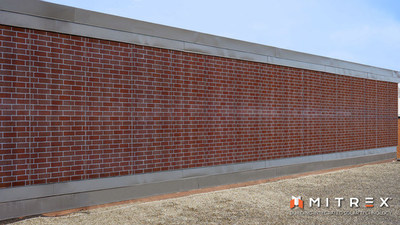
Image by Mitex on PR Newswire
3. Wood
Wood is one of the oldest building construction materials used worldwide. To this day, the material retains its versatility and serves as a sustainable building material. It is used in cabinetry, flooring and furniture. Kobalt Construction estimated that the rise in reclaimed wood will make the material an actively sought-after sustainable building material. Standing at over 990 Billion, wood and timber construction materials have furnished their place as building materials that will survive the shift from traditional construction techniques.

Image by NoName_13 from Pixabay
4. Steel
Steel is known for its strength, flexibility, and despite being stronger than previous materials mentioned, recyclability, which makes it an unmoving boulder in modern construction. It is used in bridges, industrial structures, railways, and skyscrapers. The global steel market was estimated at $1.47 trillion last year, projected to reach over $1.533 trillion this year. Continuous development in quantum computing is expected to help reduce how much energy is burned in the mining and production of steel, which serves as a directive for reducing the energy consumed by the world.
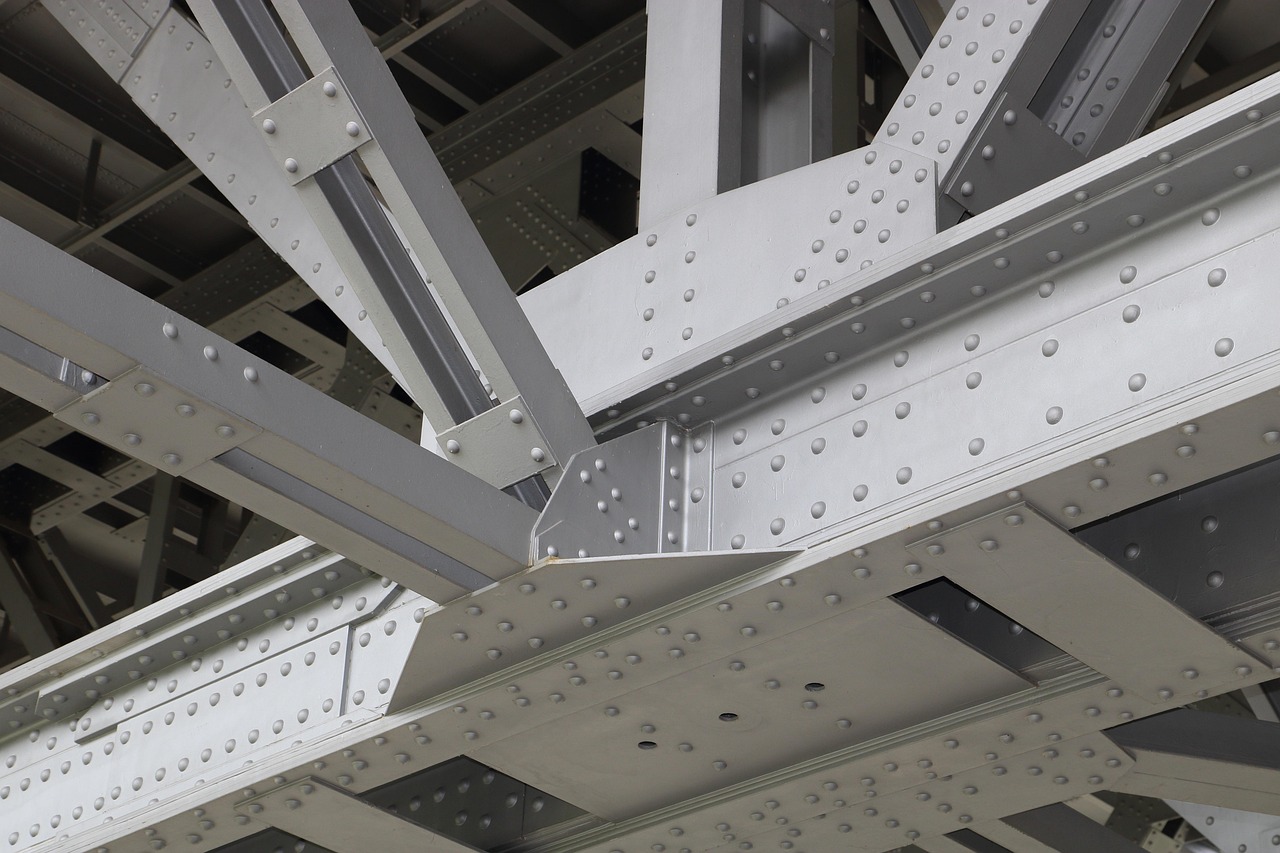
Image from Pixabay
5. Glass
Originally considered to be a tool for reflecting one’s beauty, glass has integrated into the world of construction, to the point where civil engineers such as architects and structural engineers use glass as an extension of the industry. Found in doors, facades, glass walls and skylights, glass is the epitome of beauty in construction. Expected to reach a global size of $237.1 Billion this year, from its $235.8 Billion global market value of last year, glass reflects his disinterest in leaving the global market in later years. The solar energy sector, in conjunction with the construction sector, is incorporating glass into the conducting of electricity, creating a system where glass not only serves aesthetic purposes but also serves as a conduit for generating electricity, reducing the strain on the environment.
6. Stone
Throughout history, stone has appeared. In wars, in buildings, in fights, in children’s plays. It has also been one of the backbones holding the construction industry aloft. Actively used by the construction sector in countertops, exterior cladding, flooring, and structural walls, the stone market was valued at $13.38 Billion last year, solidifying its position as one of the most used building materials worldwide. For something as strong and trusted for its durability as stones, another reason why it is actively used is because of its aesthetic appeal.

Image by Paulo Cardoso on Unsplash
7. Aluminum
Aluminium is lightweight, highly recyclable, and resistant to corrosion. These qualities make it a go-to building material. Its qualities make it immensely versatile and it is used for cladding, doors, structural components, and window frames. Valued at $199.83 Billion as of last year, and continuing to grow, aluminium is on an upward climb towards permanence in the construction industry. As quantum computing continues to develop, the demand for aluminium will also increase, as it is a highly sourced material for both quantum computing experts and construction builders.

Image from Pixabay
8. Plastic
From water bottles to cutleries, down to containers and construction materials, plastic is one of the most widely used materials worldwide. The material is affordable, flexible, and lightweight. In the construction sector, it is popularly used for decorative panels, as an insulation material, in piping systems, and roofing sheets. As of 2024, the plastic market was valued at $650.54 Billion, highlighting the material’s importance to the construction industry. There remain concerns about plastic’s negative influence on the environment, which has led to a search for recyclable and eco-friendly plastic material usage in the construction industry.

Image by HyFindr
9. Bamboo
Bamboo grows rapidly and has a high strength-to-weight ratio, which marks it as one of the most sustainable building materials used in the world and is used in eco-friendly housing, flooring, furniture and scaffolding. Last year, the global bamboo market was valued at $69.64 Billion. As the world moves towards greenhouse buildings, the dependency on sustainable materials such as bamboo continues to grow.
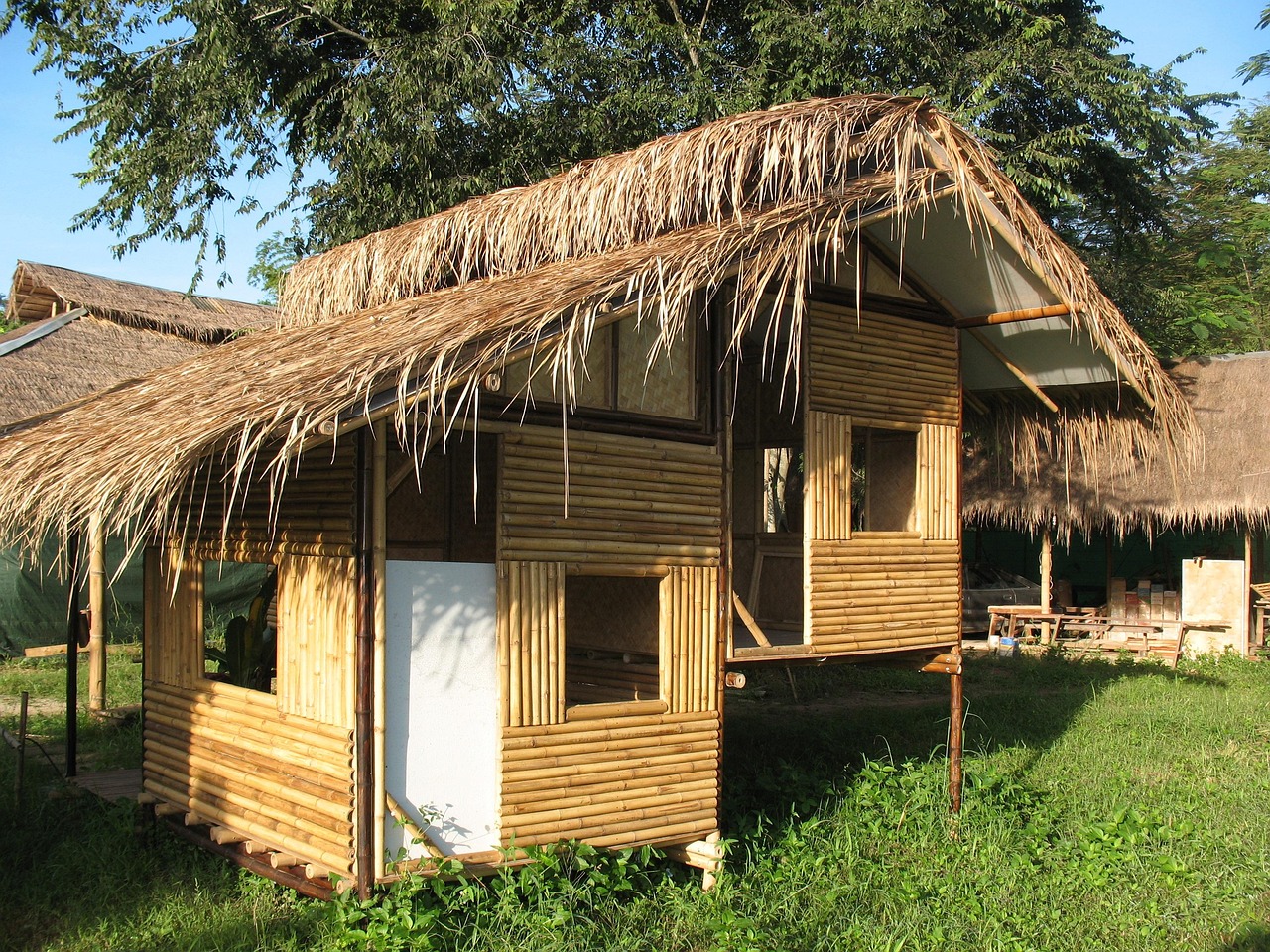
Image by Honey Kochchaphon kaensen from Pixabay
10. Composite Materials
The construction industry is consistently improving. In some cases, it requires materials that are not traditionally available. To make up for this lack, composite materials are involved. By combining two or more substances, the durability, efficiency, and strength of the materials are increased, making the materials capable of meeting the requirement for the unavailable materials. Examples of this include cement composites and fibre-reinforced plastics. The market was valued at $114.77 Billion, enforcing that the market needs composite materials. However, developments in quantum computing will make these materials available, resulting in a change in the construction industry.

Image by Elijah Morgan on Rapid Direct
Conclusion
Building materials are crucial to the lifespan and efficiency of buildings. By choosing the right material, the construction industry can mitigate against the multilevel issues that nonchalance can cause. Additionally, while the world is moving towards sustainability and green buildings, traditional building materials such as bamboo, wood and concrete should not be thrown aside until a better, industry-standard option is found.

